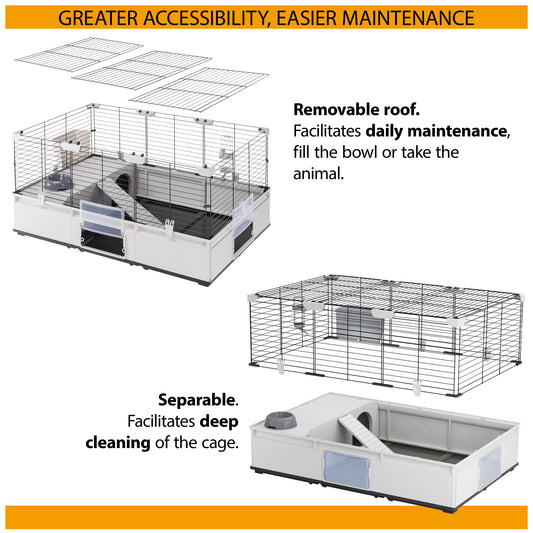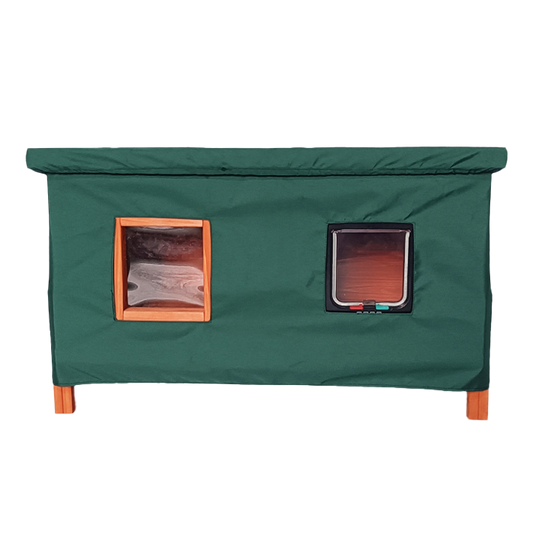Top tricks for cats
It’s the start of a new academic year and a good time for your pet to go back to school too! Did you know that it is possible to train your cat? Training is good fun and as well as giving your pet an excellent mental workout it can help to strengthen the bond between you. Even the most independent cats can be trained – all it takes is the right incentive! Here are some tricks you might like to try with your pet.
Sit
- Sit on the floor in front of your cat with a treat in your hand.
- Hold the treat just above your cat’s head so that its eyes follow it up. This will naturally make your cat go into a sit or a partial sitting position. When this happens, immediately give your cat the treat.
- Repeat this action over several days, rewarding your cat when it is sitting in a good position.
- Once your cat is reliably sitting you can start adding a cue word, such as ‘sit’, and say this before giving the treat. Over time your cat will associate the cue word with the action of sitting.
Fetch
- The easiest way to engage your cat in a game of fetch is to choose a toy that you already know it loves. This could be a catnip toy or a screwed-up ball of newspaper – whatever your pet finds irresistible.
- You need your cat to realise what it is that you want them to fetch so start by holding the item in front of your cat’s face. When they sniff it or touch it with their nose, praise them and give a treat. Repeat this action a few times.
- The next step is to place the item on the floor in front of your cat. When they pick it up, offer them a treat. Your cat will need to release the item in order to eat the treat so you can repeat the action.
- You can then place or throw the item a short way at first and gradually build up the distance your cat has to travel to fetch it.
- Once your cat is reliably fetching the item, you can start using a cue word, such as ‘fetch’ each time you throw it.
High-five
- Engage your cat’s natural paw action by holding a treat above its nose and waiting for it to reach up.
- When your cat touches your hand with its paw give them the treat.
- Repeat this action and add a cue word, such as ‘five’, before you give the treat.
- With repetition your cat should eventually offer a paw when you use your cue word.
Sitting up on back legs
- With your cat in front of you, hold a treat above their head just out of reach.
- When your cat reaches up with its front legs off the floor, give the treat.
- You can gradually raise the height at which you hold the treat so that your cat has to stretch up to reach it.
- You can then introduce a cue word, such as ‘up,’ which you should say before you give the treat.
Generally, cats are not as easy to train as dogs due to their independent natures but this can make the challenge all the more appealing. Set your pet up for success by choosing a time to train when they are alert and hungry as this will make them more cooperative.
Keep training sessions short so that your pet doesn’t get bored and never punish them or force them to do something they are not happy with.
If you found this article interesting, why not check out:









